7 Easy Substitutes for Arrowroot Flour or Powder
Arrowroot flour (also called arrowroot powder) is a common ingredient used for thickening sauces and soups. If you don’t have it on hand, here are some great substitutes for arrowroot flour and arrowroot starch including gluten-free, paleo, and grain-free options. My favorite substitutes include: cornstarch, tapioca flour, potato flour, and gluten-free baking flour.
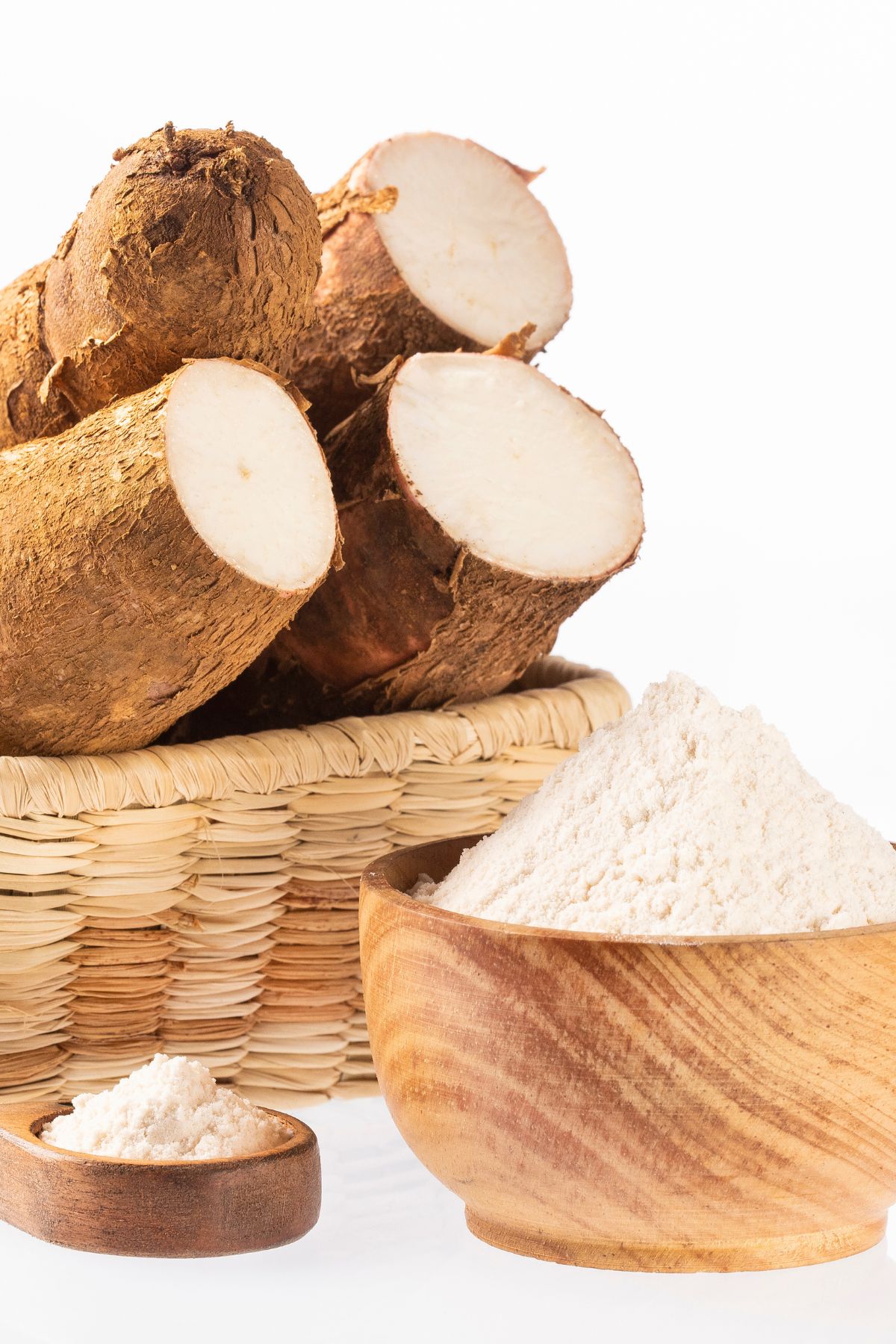
Arrowroot flour is a white powdery starch made from the root of the arrowroot plant. It’s mostly used as an excellent alternative to cornstarch for people with corn allergies.
Arrowroot powder is available in most health food stores and online.
When baking with arrowroot flour, it’s important to remember that it doesn’t contain gluten. This means that it won’t add structure or rise to baked goods the way wheat flour does. As a result, arrowroot-based recipes often require eggs or another binding agent to achieve the desired results.
It is often used as a thickening agent in recipes such as soups, stews, and sauces. I love using it to thicken my dairy-free gravy recipe.
Arrowroot Powder Alternatives (Summary)
Scroll down or click to get more info about each of these great substitutes for arrowroot.
Substitutes for Arrowroot (Expanded)
1. Cornstarch
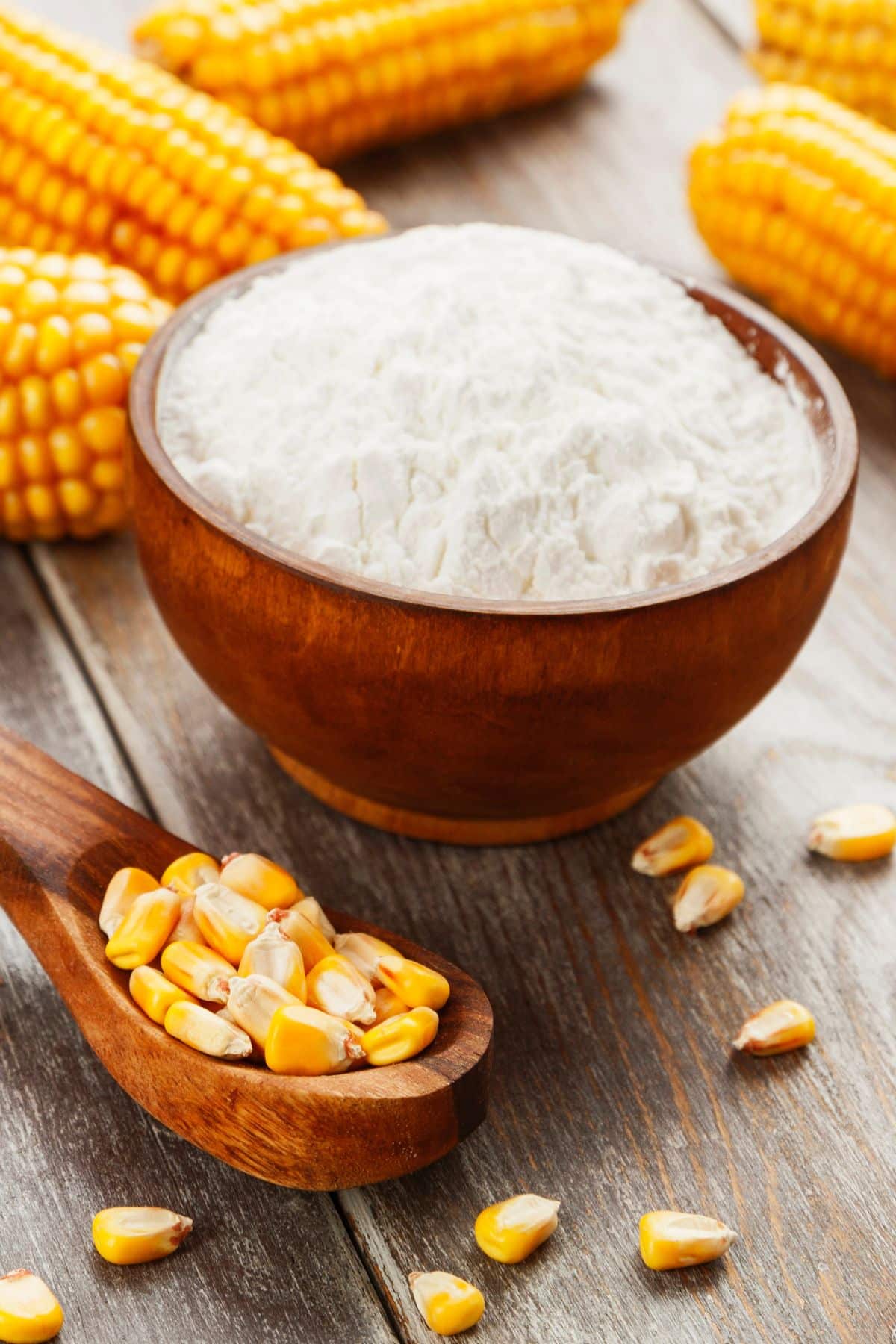
If you’re looking for an arrowroot substitute, cornstarch is a good option.
It has a similar texture and can be used in many of the same ways. Cornstarch dissolves completely when heated, making it ideal for use in sauces. It also makes an excellent thickener.
When cooking with corn starch, be sure to add it slowly and whisk it thoroughly to avoid any lumps. You may also need to cook the dish for a bit longer to allow the cornstarch to fully thicken.
To substitute one tablespoon of arrowroot, use one tablespoon of cornstarch.
2. Tapioca flour

Tapioca flour is a starchy powder that is extracted from the cassava plant. It is similar to an arrowroot in appearance and texture. It’s also called tapioca starch and has a neutral flavor.
When heated, it creates a clear gel but does not dissolve completely, so I do not recommend tapioca flour for use in clear sauces. You can also use it to thicken pie fillings and puddings.
To substitute one tablespoon of arrowroot powder, use one tablespoon of tapioca flour.
3. All-purpose flour
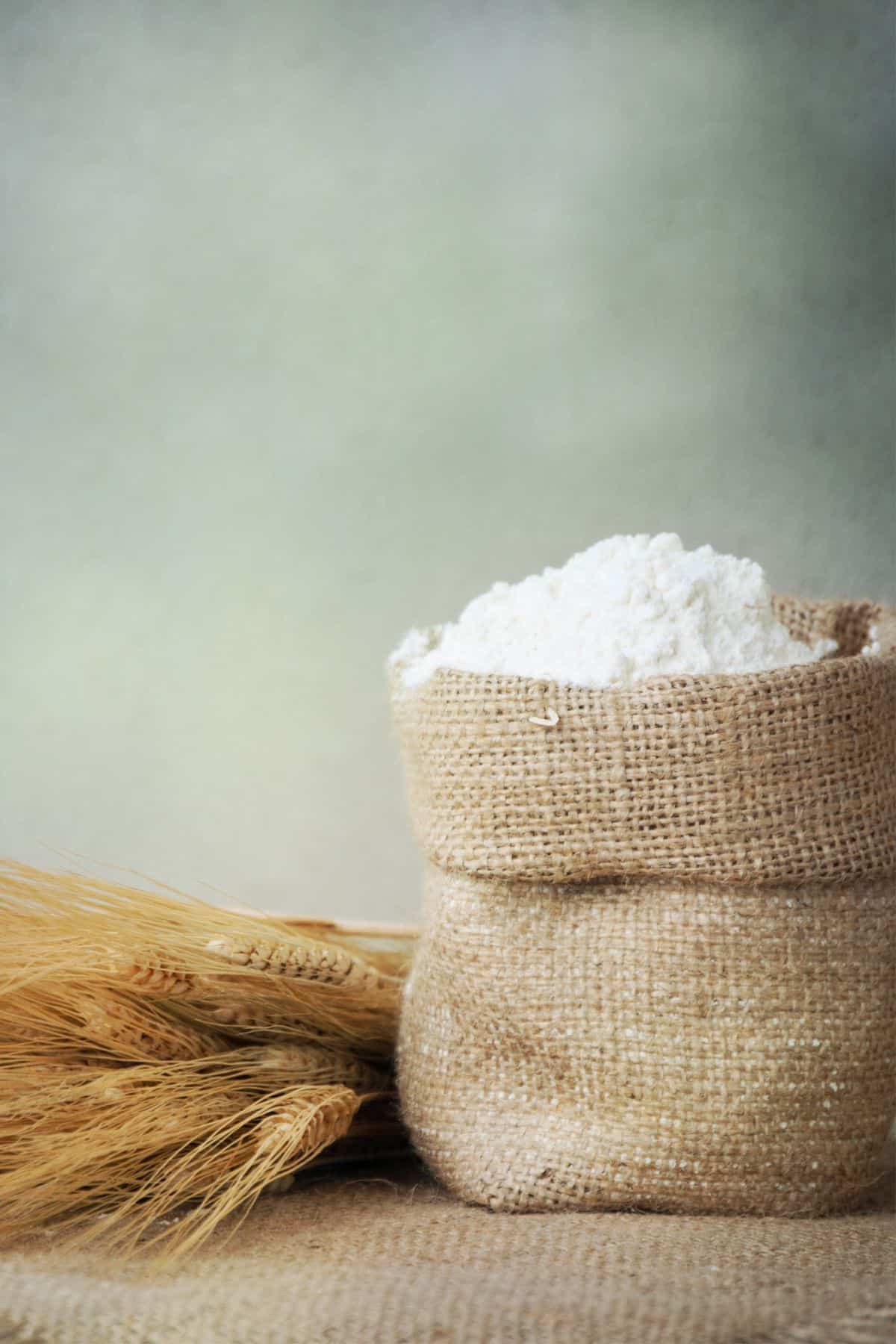
All-purpose flour is the most common arrowroot substitute. It can be used in a 1:1 ratio in place of arrowroot and is an excellent substitute.
All-purpose flour will thicken a recipe, but it will also add flavor and opacity. You may also need to cook the dish for a bit longer to give the flour time to activate. For best results, mix the flour with an equal amount of cold water before adding it to your dish.
Keep in mind that all-purpose flour is not gluten-free, so it’s not an option if you’re looking for a gluten-free recipe.
To substitute one tablespoon of arrowroot, use one tablespoon of all-purpose flour.
4. Gluten-free baking flour
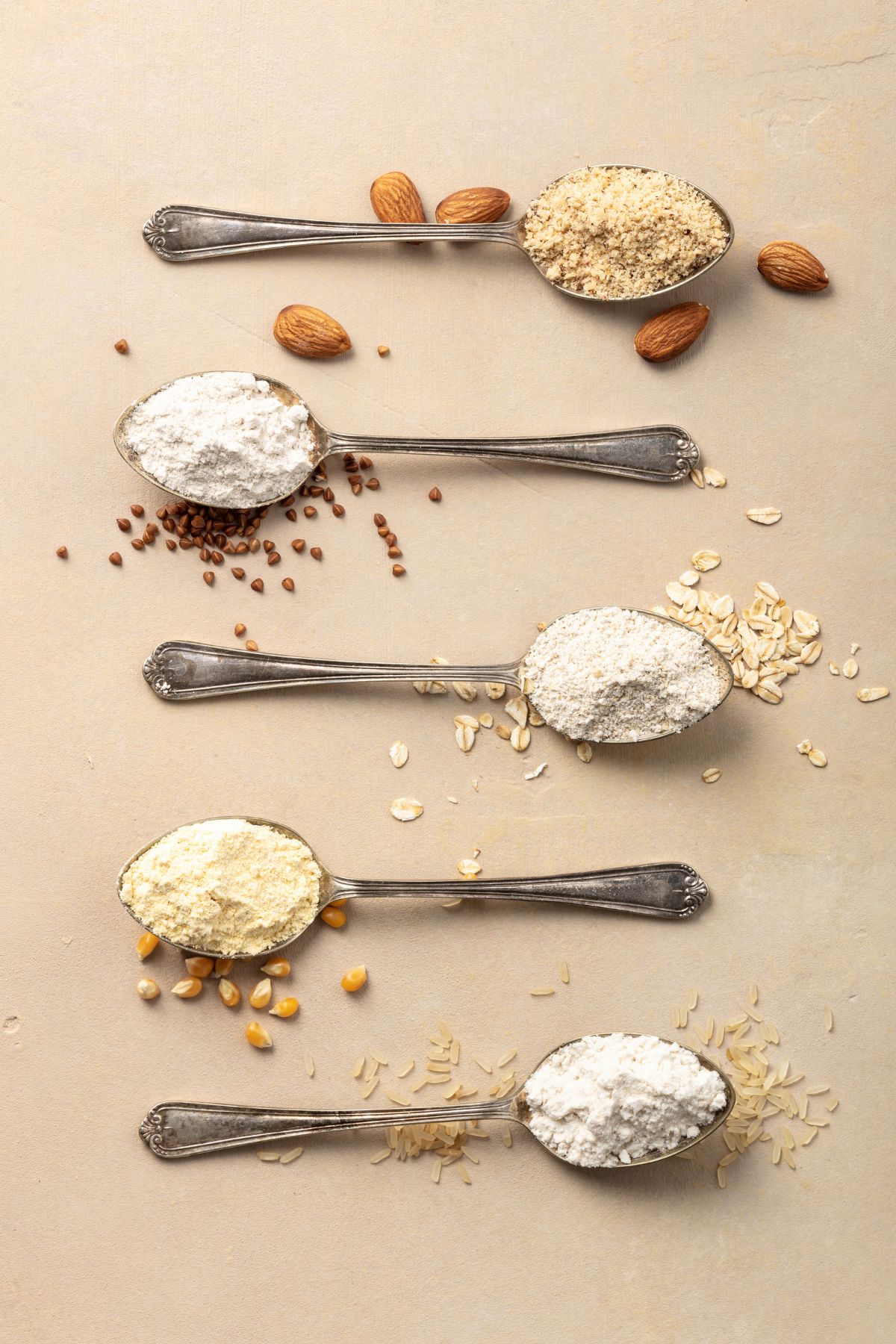
This type of flour is made by grinding gluten-free grains, such as rice, sorghum, or buckwheat and has a light texture. Sometimes potato flour is included in gluten-free flour blends.
Different grains will have different flavors, but they are good for baking bread and most gluten-free recipes.
To substitute one tablespoon of arrowroot, use one tablespoon of gluten-free baking flour.
5. Potato starch
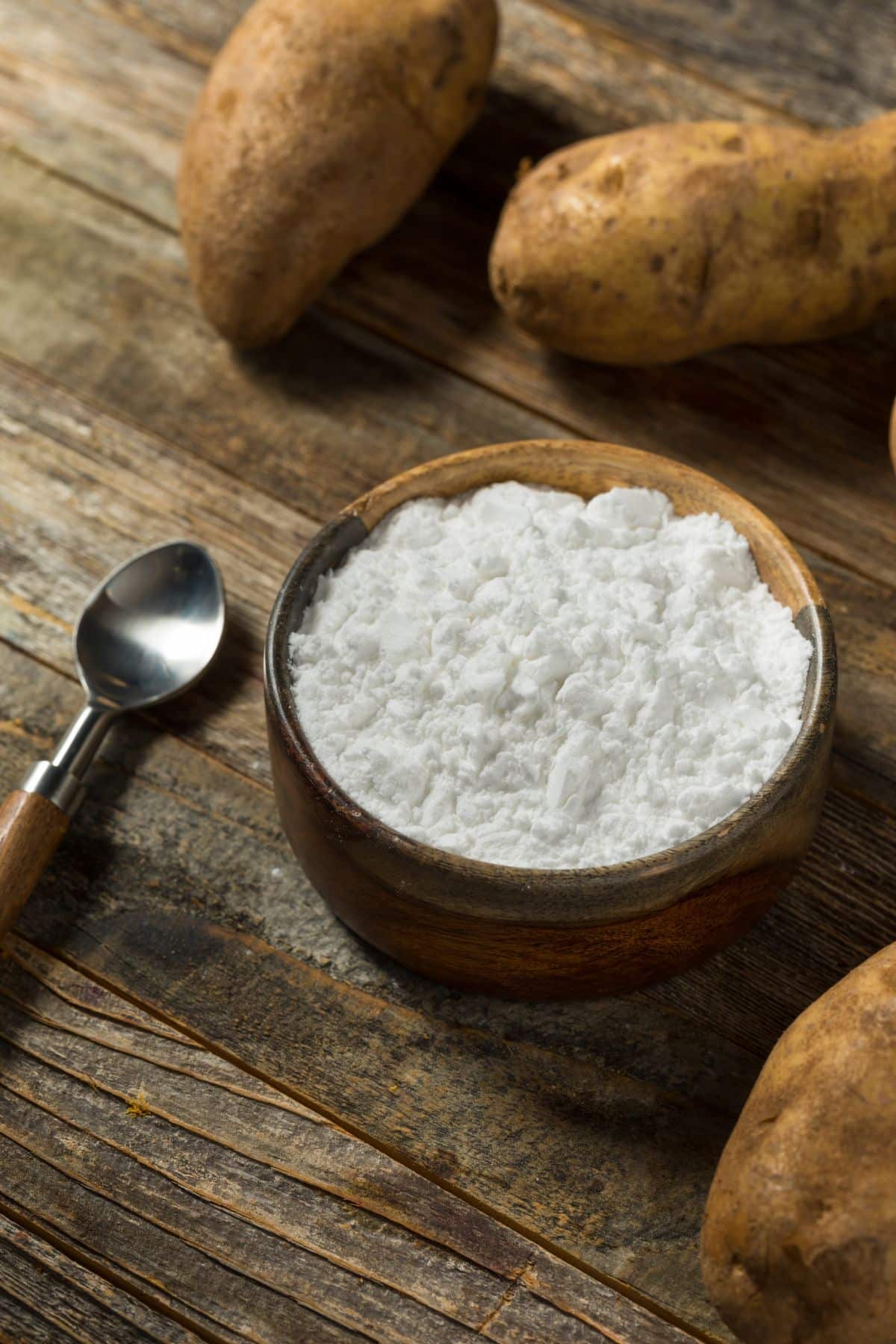
Potato starch is another possibility for an excellent substitute for arrowroot.
It has a similar flavor and texture to arrowroot, but it has a slightly denser feel and isn’t as absorbent. Potato starch is also a fine, powdery starch.
You can use potato starch in the same way you would arrowroot, such as in thickening soups or sauces. Just keep in mind that it has an earthy flavor that may be noticeable in some dishes.
To substitute one tablespoon of arrowroot, use one tablespoon of potato starch.
6. Xanthan gum

Xanthan gum is a common food additive that can be used as a thickener, emulsifier, and stabilizer. It stabilizes the emulsion in sauces and salad dressings.
When added to liquids, it forms a gel-like substance that can help to thicken sauces, dressings, and soups.
In baking, it should be used sparingly as it can give baked goods a slimy texture.
To substitute one tablespoon of arrowroot, use one tablespoon of xanthan gum.
7. Rice flour
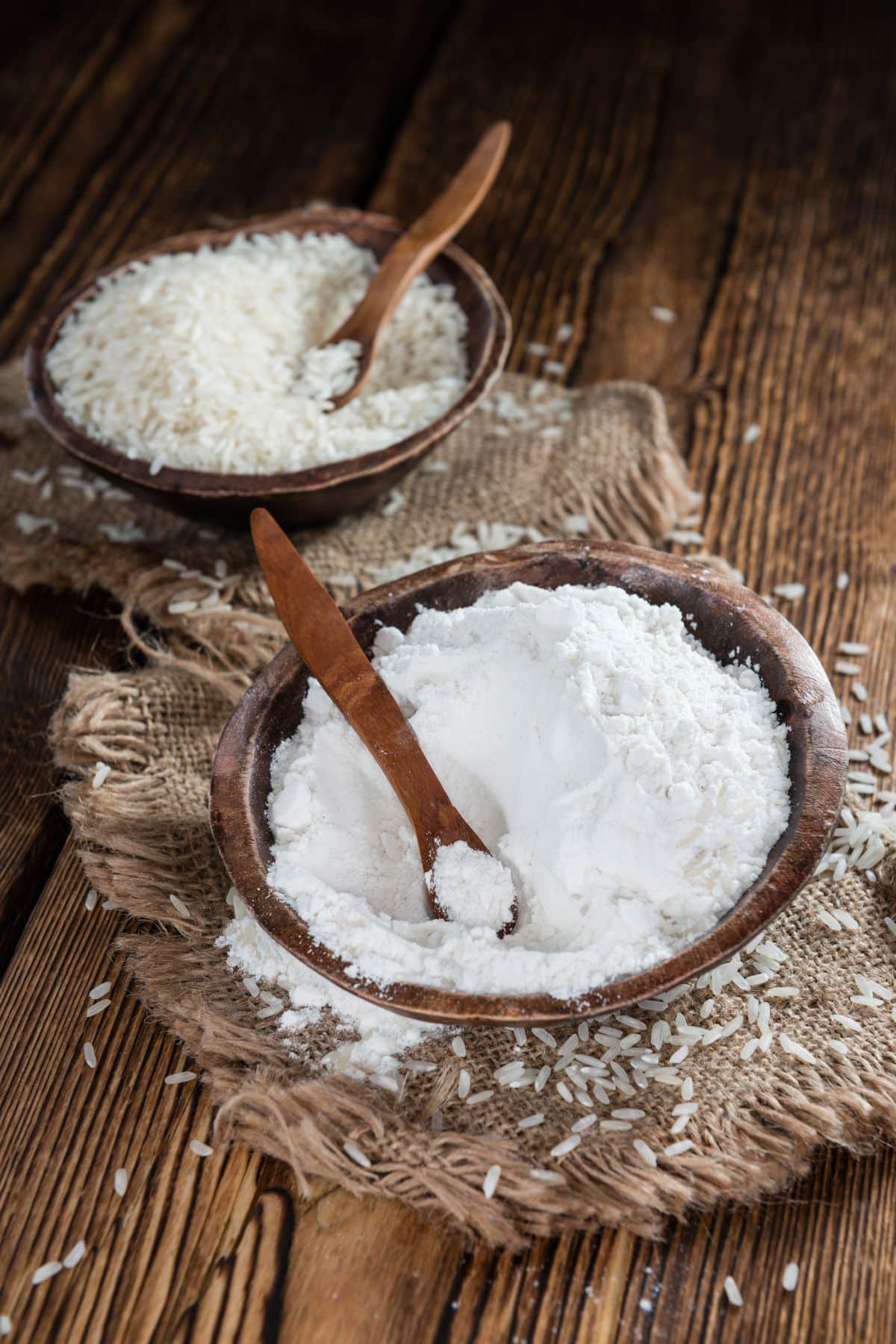
Rice flour is a popular choice for baking and cooking like in these rice flour pancakes. It is gluten-free and can be used to thicken soups and sauces. When used to make bread, it produces a lower loaf and a harder texture.
It also has a higher starch content than arrowroot powder.
Make sure to thoroughly blend the rice flour with water in a 1:1 ratio before adding it to the sauce and monitor it for clumping.
To substitute one tablespoon of arrowroot, use 1/2 tablespoon of rice flour.
Additional Substitutes
There are other options for arrowroot substitutes that are less common but equally good. I personally like cassava flour which comes from the cassava root.
Other bakers have had good results using psyllium husk, coconut flour, sweet rice flour, potato flakes, almond flour, and glucomannan powder.
Pros and Cons of Substitutes
Here’s a summary of the pros and cons of each substitute for arrowroot powder or starch.
| Substitute | Pros | Cons |
|---|---|---|
| Cornstarch | Similar texture; dissolves completely when heated. | Not gluten-free; may require longer cooking time. |
| Tapioca flour | Creates clear gel; similar texture and appearance to arrowroot. | Does not dissolve completely; not suitable for clear sauces. |
| All-purpose flour | Most common; easily accessible; thicken recipes effectively. | Not gluten-free; adds flavor and opacity; longer cooking time needed. |
| Gluten-free baking flour | Gluten-free; versatile in gluten-free baking. | Varied flavor depending on grains; texture may vary. |
| Potato starch | Similar texture; effective in thickening; gluten-free. | Earthy flavor may be noticeable; slightly denser; not as absorbent. |
| Xanthan gum | Highly effective thickener; works as emulsifier and stabilizer. | May give a slimy texture if overused in baking. |
| Rice flour | Gluten-free; commonly used in baking and cooking. | Produces lower loaf and harder texture in bread; requires careful mixing. |
How does arrowroot powder differ from cornstarch?
Cornstarch is made from the endosperm of the corn grain whereas, arrowroot powder comes from the root and is a grain-free alternative.
It is also gluten-free, making it a good choice for people with celiac disease or gluten sensitivities.
More Best Substitutes Articles You Might Like
Conclusions
In conclusion, each of these substitutes for arrowroot powder will thicken your recipe in different ways. Make sure to take into account the different flavors that each of these substitutes will add to your dish and be sure to experiment with each one to see which you prefer.
And, as always, cooking times may vary depending on which of these best substitutes for arrowroot powder you choose.
Don’t forget to join my newsletter list to get exclusive clean eating recipes and tips. The newsletter is 100% free with no spam; unsubscribe anytime.
About the Author: Carrie Forrest has a master’s degree in public health with a specialty in nutrition and is a certified holistic nutritionist. She is a top wellness and food blogger with over 5 million annual visitors to her site. Carrie has an incredible story of recovery from chronic illness and is passionate about helping other women transform their health. Send her a message through her contact form.


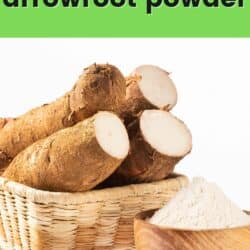

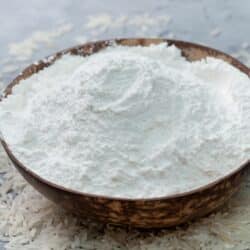
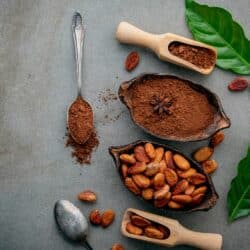
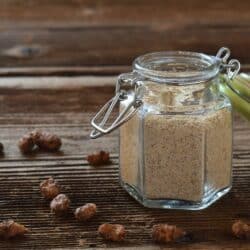














Cornstarch IS gluten free?
It can depend on the brand but corn is indeed naturally free from gluten.
Thank you